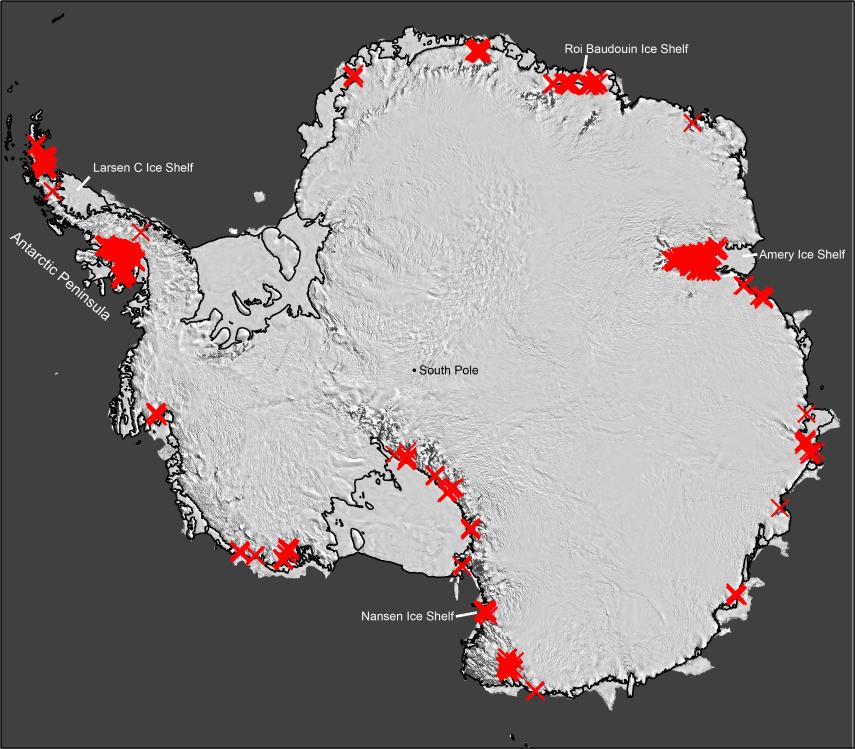May 1, 2017
Microsoft Research Head Jeannette Wing to Lead Columbia’s Data Science Institute
Jeannette Wing will become the Avanessians Director of Columbia’s Data Science Institute and Professor of Computer Science.
May 1, 2017
Data Science Institute Transitions to University-wide Research Center
With five productive and impactful years coming to a conclusion, the Data Science Institute, launched at Columbia Engineering, is transitioning to become a University-wide institute under the leadership of Jeannette Wing.
April 27, 2017
Diabetes App Forecasts Blood Sugar Levels
Columbia University researchers have developed a personalized algorithm that predicts the impact of particular foods on an individual’s blood sugar levels. The first-of-its-kind tool may make meal planning simpler for type 2 diabetes patients.
April 27, 2017
Tangled Up and Blue: Neurons’ Faulty Wiring Leads to Serotonin Imbalance, Depression-Like Behavior in Mice
Columbia scientists have identified a gene that allows neurons that release serotonin — a neurotransmitter that regulates mood and emotions — to evenly spread their branches throughout the brain. Without this gene, these neuronal branches become entangled, leading to haphazard distribution of serotonin, and signs of depression in mice.
April 24, 2017
Extinction Risk for Many Species Vastly Underestimated, Study Suggests
A new study indicates that the number of plant and animal species at risk of extinction may be considerably higher than previously thought. A team of researchers, however, believe they’ve come up with a formula that will help paint a more accurate picture.
April 19, 2017
New Microscopy Method Breaks Color Barrier of Optical Imaging
Researchers at Columbia University have made a significant step toward breaking the so-called “color barrier” of light microscopy for biological systems.
April 19, 2017
Water is Streaming Across Antarctica
Scientists from Lamont-Dohery Earth Observatory have discovered that seasonally flowing streams fringe much of Antarctica’s ice. The widespread presence of these melt streams signals that the ice may be more vulnerable to melting than previously thought.







